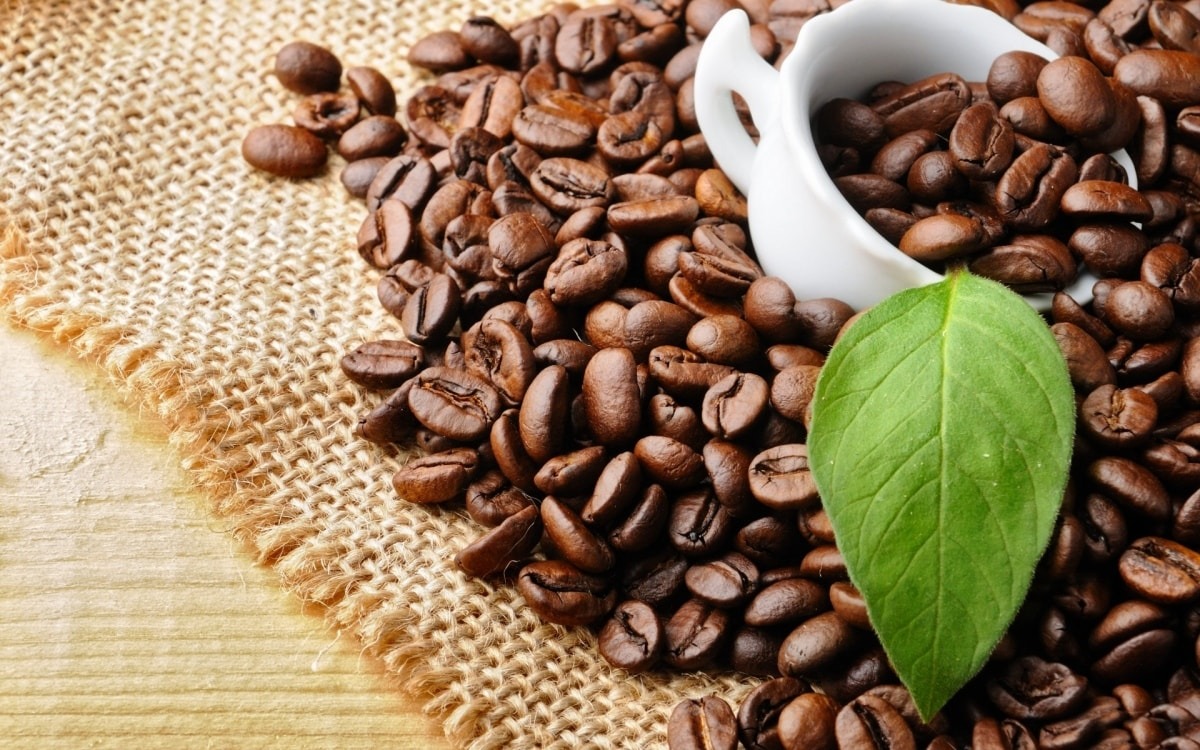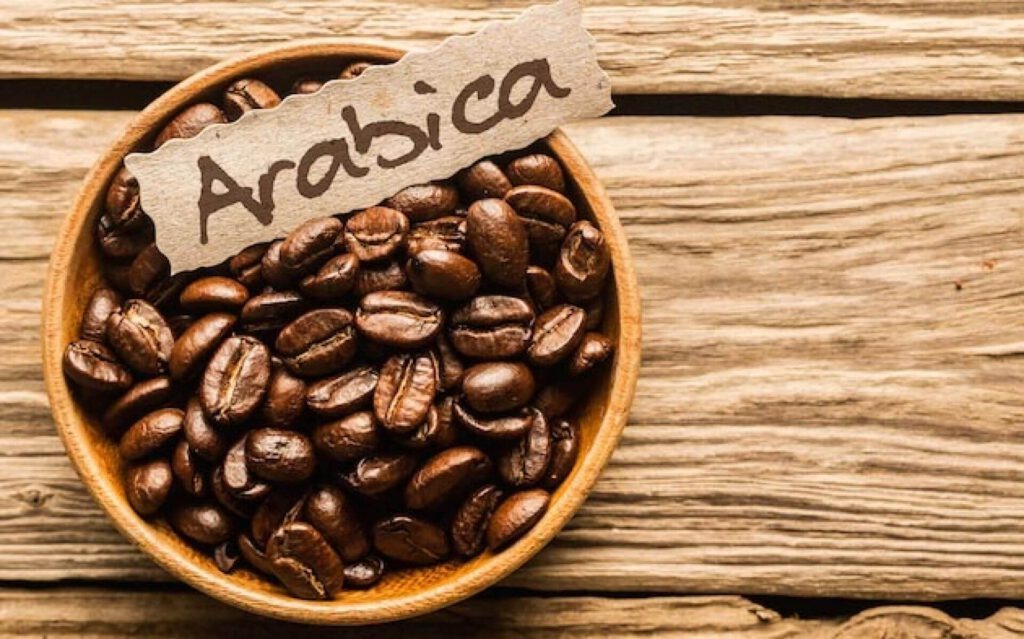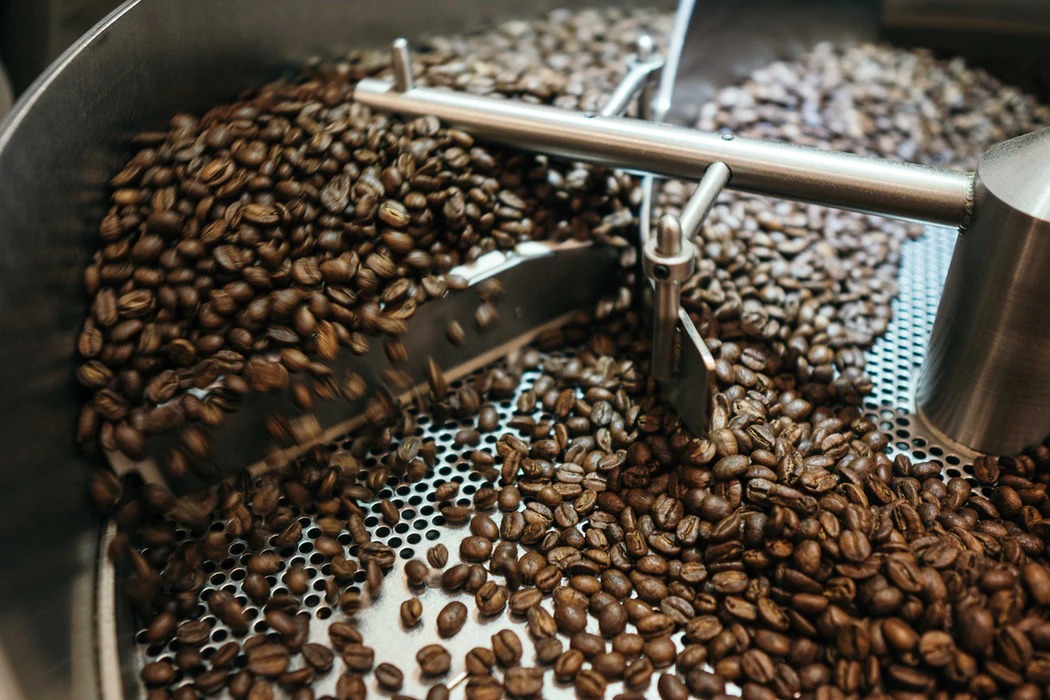Have you ever wondered why on every coffee package there are always Light roast, Dark roast, Medium roast, and even Vienna roast, French roast or Italian roast… Why are there so many roast level? And what’s the real difference between them?
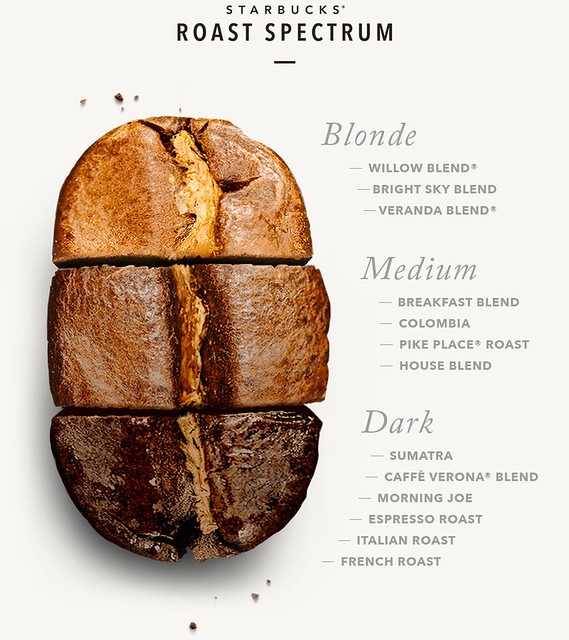
Starbucks’ photo about roast level
According to Scott Rao, the coffee industry lacks a uniform nomenclature of roast levels, which easily causes confusion between roasters and consumers. Some roasters name their coffee in some way that has nothing to do with coffee (as shown above by Starbucks). But all the names divided based on the internal variation of the grain throughout the roasting process.
1. Theory of classification of roasted coffee
Before roasting, raw coffee beans often have a “grassy” smell and have little or no taste associated with “coffee”. So it would not be an exaggeration to say, “Coffee” is the post-roast concept of this bean. The roasting process dramatically transforms the potential flavor properties in each bean into the real flavors we feel in the cup.
Although many changes occur to coffee during roasting, including color change, structural swelling, loss in mass, change in flavor, etc., the most common way to describe the roasting process is still. The transformation of coffee during roasting is based on the color of the beans. As coffee beans absorb heat during roasting, their color becomes darker from green to yellow, brown, dark brown and eventually char. Natural oils also appear on the surface of the beans at high temperature and easily recognized.

Each type of coffee always has different color transitions during the roasting process
Because each coffee variety always has natural differences, it is not possible to completely “see color” to be accurate enough to classify. We need to combine a typical roasting temperature frame, plus natural physical variations such as cracking during roasting to see how far any coffee has progressed. during roasting.
2. How to classify the popular roast level?
It should be emphasized that “there is no specific and precise classification system for coffee during roasting”. And in each part of the world, depending on the modified characteristics, there is a different name at each stage at which the coffee taken out of the roaster. It is difficult to find a clear interpretation between the stages in the roasting process. The following terms are for reference only, you may come across different synonyms:
To make it easier to imagine, we will classify roasted coffee relatively according to the following 3 levels of roasting:
- Cinnamon roast – Light Roast (collectively known as Light Roast)
- Medium Roast / American Roast, City Roast
- Dark Roast / Full city roast, Vienna Roast, French Roast, Italian Roast
The classification above is based on the description of Scott Rao in The Coffee Roaster’s Companion (2014) and perfectdailygrind – it is also similar to the Wikipedia roasting level system that we refer to, we will check the detail of each degree of roasting, and other names for it.
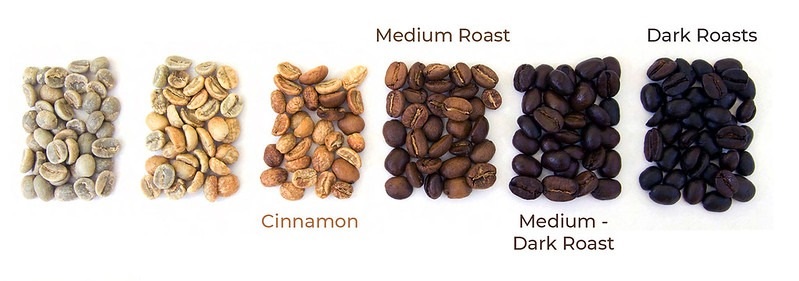
Overview of coffee roasting levels
Stage 1. Cinnamon & Light Roast
Cinnamon, referring to the color of coffee at this roast level, which is similar to the color of cinnamon bark and has nothing to do with cinnamon flavor (according to Scott Rao). This is a very light roast, the roasting process ends before the first bang, so the coffee usually has a very sour, fresh taste, with a prominent smell of plant resin and a very light body tone. Usually coffee does not roast in this way so it does not consider a formal stage.
Light roast is the stage when coffee removes as soon as the first crack appears (first crack) from 195oC to 205oC (385oF to 400oF). This roast is usually for Cupping because the beans still retain their original flavor (Bean flavor) and have not been interfered with by the roasting process (Roast flavor). When testing the seeds at this roast level, we will see the flavor of fruits, beans, more sour, sweet, and very little bitter.

City roast (or Light roast), is a roasting level that is popular in Nordic countries; and is increasingly popular in the third wave of coffee.
Light roast is also popular with many different names, here are some examples:
- Light City / Half City: refers to this level of clarity lighter than Medium City Roasts
- Blond: because the word Cinnamon easily causes confusion for customers, the term was popularized by Starbucks to refer to light roasts.
- New England: Named for the region where light roast coffee is popular – in the Northeastern United States.
Stage 2. Medium Roast
A medium roast (or City roast) is the broad period between two bursts of coffee. According to Scott Rao, Full city refers to the stage when the coffee removes before the second bang occurs, at which point the beans have released some oil (lipids) on the surface, the acidic properties are slightly negative, but the properties are. The original is still the same; In general, Medium roast is suitable for drinking Espresso because it shows a moderate balance between acidic characteristics, mellow caramel taste, medium richness (medium body).

Common names for Medium Roast may include:
- American Roast: This roasted coffee traditionally associates with the United States.
- Breakfast / After Dinner: Both names refer to Medium Roast coffee, but After Dinner is darker.
- City+: This is a slightly deeper roast than the City roast.
- Full City: this is a Medium – Dark Roast, almost reaching the second crack.
Stage 3: Dark Roast
Dark Roast is a fairly broad stage of coffee beans in a roaster; ranging from medium brown to glossy charcoal black. Coffee can take out within seconds of the second explosion, i.e. 205oC to 232oC or just before it is ready to turn into charcoal. Predominant grain characteristics and high homogeneity as the coffee has almost lost its distinctive flavor properties; which is one of Starbucks’ standard roasts.
There are many (non-uniform) callings to divide the smaller stages in the Dark Roast range, by gradually “bold” we will have: Full City Roast, Vienna Roast, French roast and Italian Roast* – According to Wikipedia
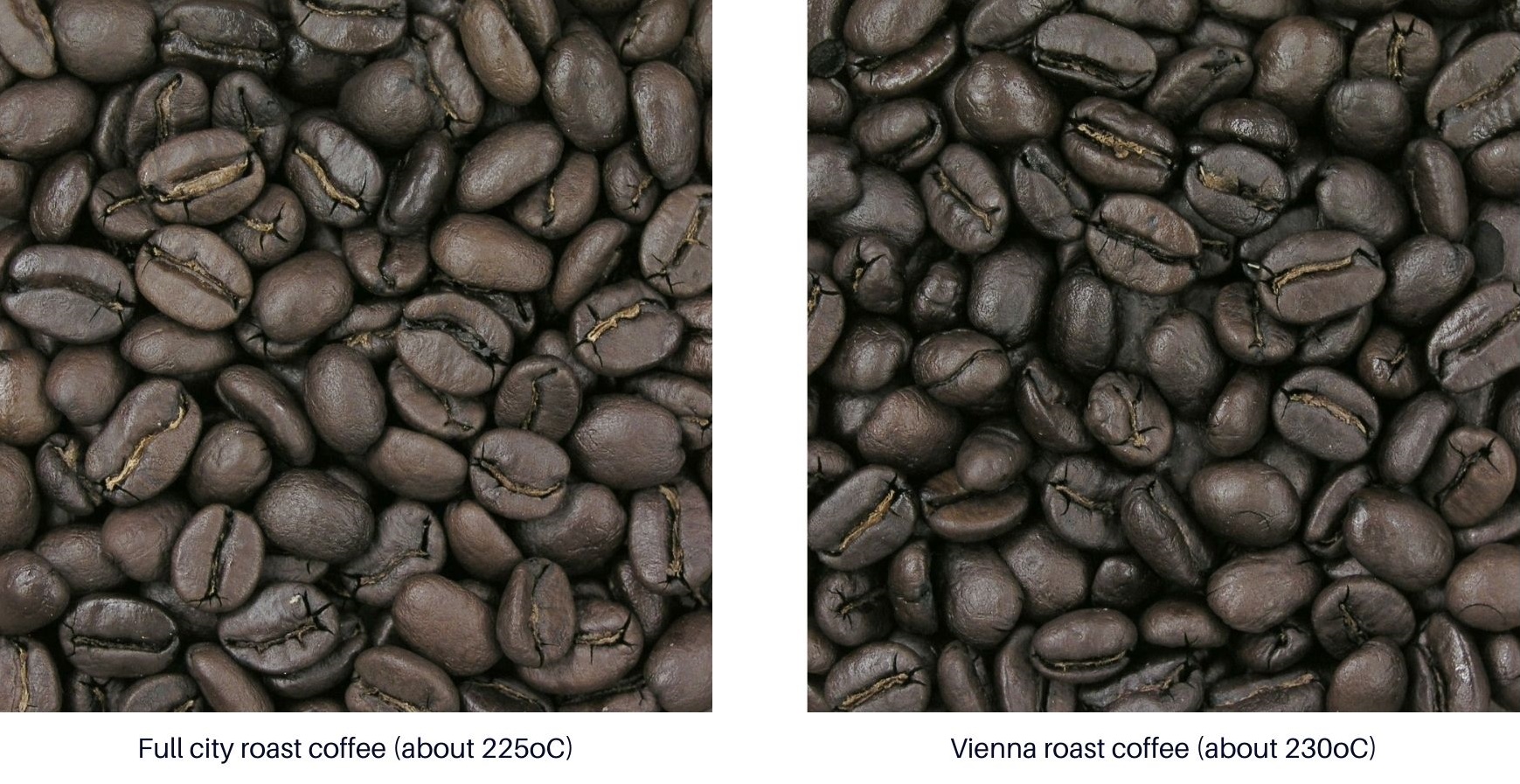
The final stage of Dark Roast will bring coffee beans to the vicinity, before entering the border of “coal”. As the grain has absorbed more heat, more distillation and Maillard reactions create. Enzymatic properties (Fruit flavor) in the seeds are minimized and the roasting properties; rise with high bitterness, smell of smoke (smoke), charcoal (carbonized), burnt sugar or tobacco… prominent when brewing. Sometimes, in the hands of skilled, experienced craftsmen, Dark Roast is the pinnacle of coffee. But in most cases, this is only used to blend several types of coffee together for medium quality.
Of course, we also have another name for Dark Roast:
- Viennese Roast: Starting from Medium-Dark Roast to mid-Dark Roast is the traditional way of roasting coffee in the Austrian capital.
- New Orleans: This American city is known for its richly roasted coffee beans
- French Roast: This is how the coffee roastes to the second crack.
Most coffee roasters in Italy roast their coffee at Medium, but somehow the darkest, most oil; and bitterest roasted coffees have been called Italian Roasts. Nearly all roasted coffee to this extent will go rancid during storage because the cellulose structure is severely degraded, so it does not retain the flavor but also easily oxidizes.
——————————————————————————————————-
We are here to match your requirement. Do not hesitate to contact us for the best price!
PRINCE COFFEE
ADD: 41/49 Huynh Thuc Khang Street, Dong Da District, HaNoi, VietNam
EMAIL: sales@fineco.com
HOTLINE: +84 966420187 (WHATSAPP/VIBER/ZALO)

